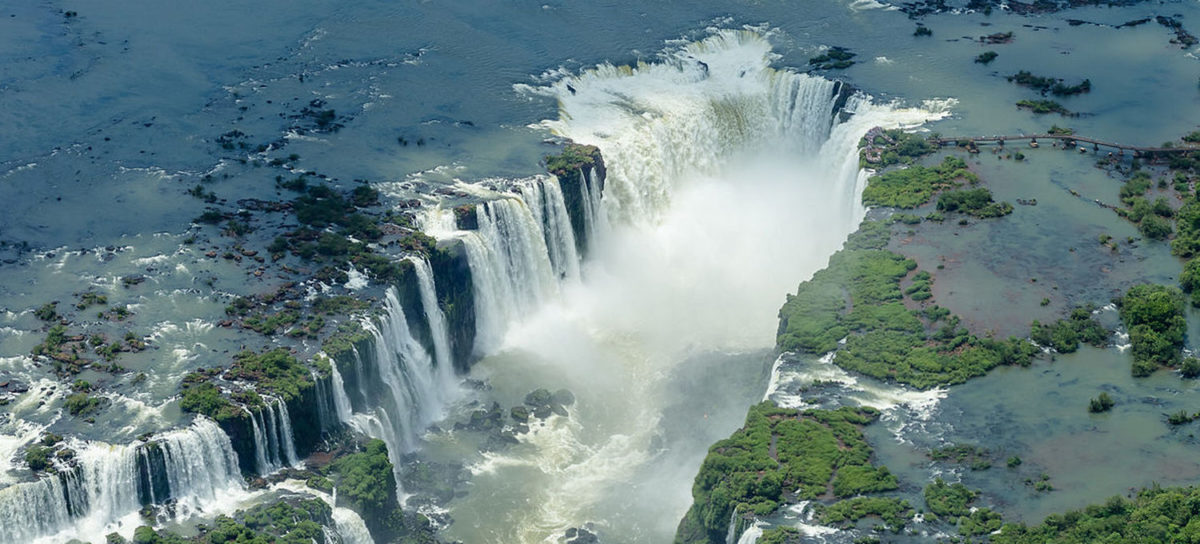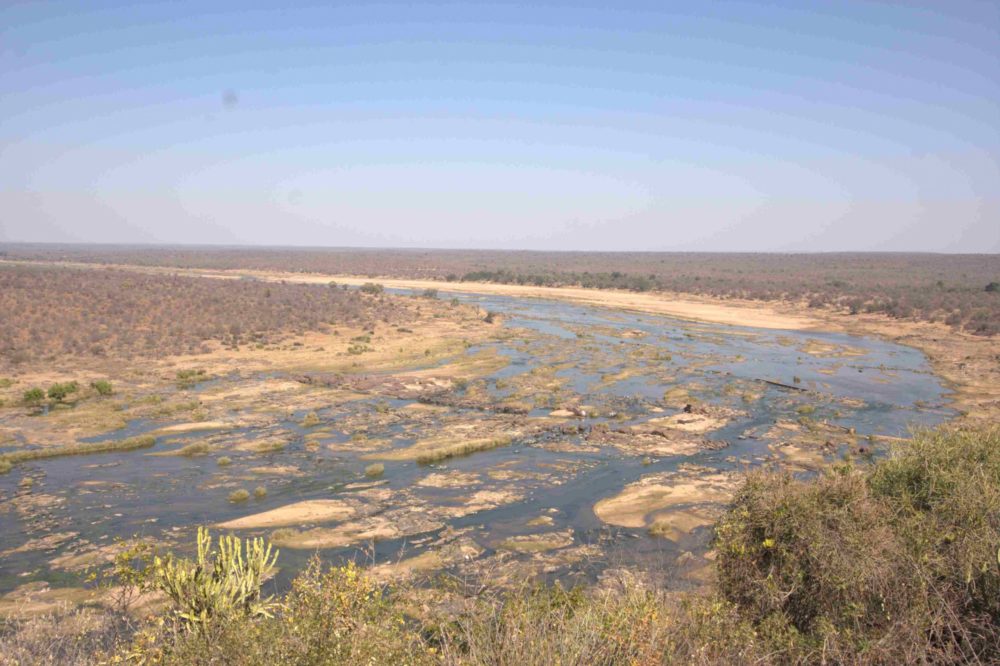
We have to learn about landforms as part of the Hydrology and Fluvial Geomorphology syllabus requirements. Much has been written on landscapes and how we as humans interact with them, and here is a paper which may stimulate your thinking around the topic. The point is this, the reasons for the study of landscapes are more complex than initially thought. I would like to imagine that those who decided it was a worthwhile avenue of study for us all didn’t do so because they thought it was something that we should all know about – a nice to have- but rather something that resonated deeply with our humanity.
We can predict, manage, preserve and ameliorate
On a more utilitarian note, we need to understand the dynamics of river systems, because so much of our civilisation revolves around them. Many of our major cities are founded on their banks – for many reasons, not least of which because they provide defence, water, navigation, recreation, food, effluent disposal and power. But rivers also flood, dry up, change course, freeze over, silt up and become polluted. So we need to understand the dynamics of these systems, and with that understanding we can predict, manage, preserve and ameliorate the at times impetuous behaviour of these systems on which we place so much reliance.

My leanings are always a little more romantic. As appealing to our sense of the aesthetic as a landscape may be, the view also invokes additional emotions in us all, over and above that of just a beautiful view. For me at least, I feel drawn into the space – to traverse those vast landscapes, to see what is lies up that valley or beyond that distant hill. Additionally, I look with an inquiring professional eye – what are controlling parameters that allowed the landscape to develop the way it has? Where are the rocks, the faults, the intrusions, the folds?

That urge led them to tramp those hills
I know that when explorers and geographers first began to unravel the secrets of hydrology and fluvial geomorphology, they weren’t armed with the knowledge that is currently available to us, but I would like to imagine that they also had the same urge to explore these wild places that we find in ourselves. That urge led them to tramp those hills, sample those sediments, draw those sketches and then more latterly to examine those aerial photographs and satellite imagery in an attempt to understand the mechanisms that formed the landscape that they had fallen in love with.
The urge was romantic
My take on all of this is that the urge was romantic, the results were scientific and that we need to maintain that same natural order in the teaching of our wonderful subject.
Please leave your comments below, send us an email about what you would like us to discuss in our blog posts, or in our courses, and please join the Facebook group.
Sign up to stay informed when we launch new courses or haul you along on wonderful adventures.
A promise - no spam, no nonsense, no passing on of your details
If this resonates with you and you think it may be valuable to others, please share.

